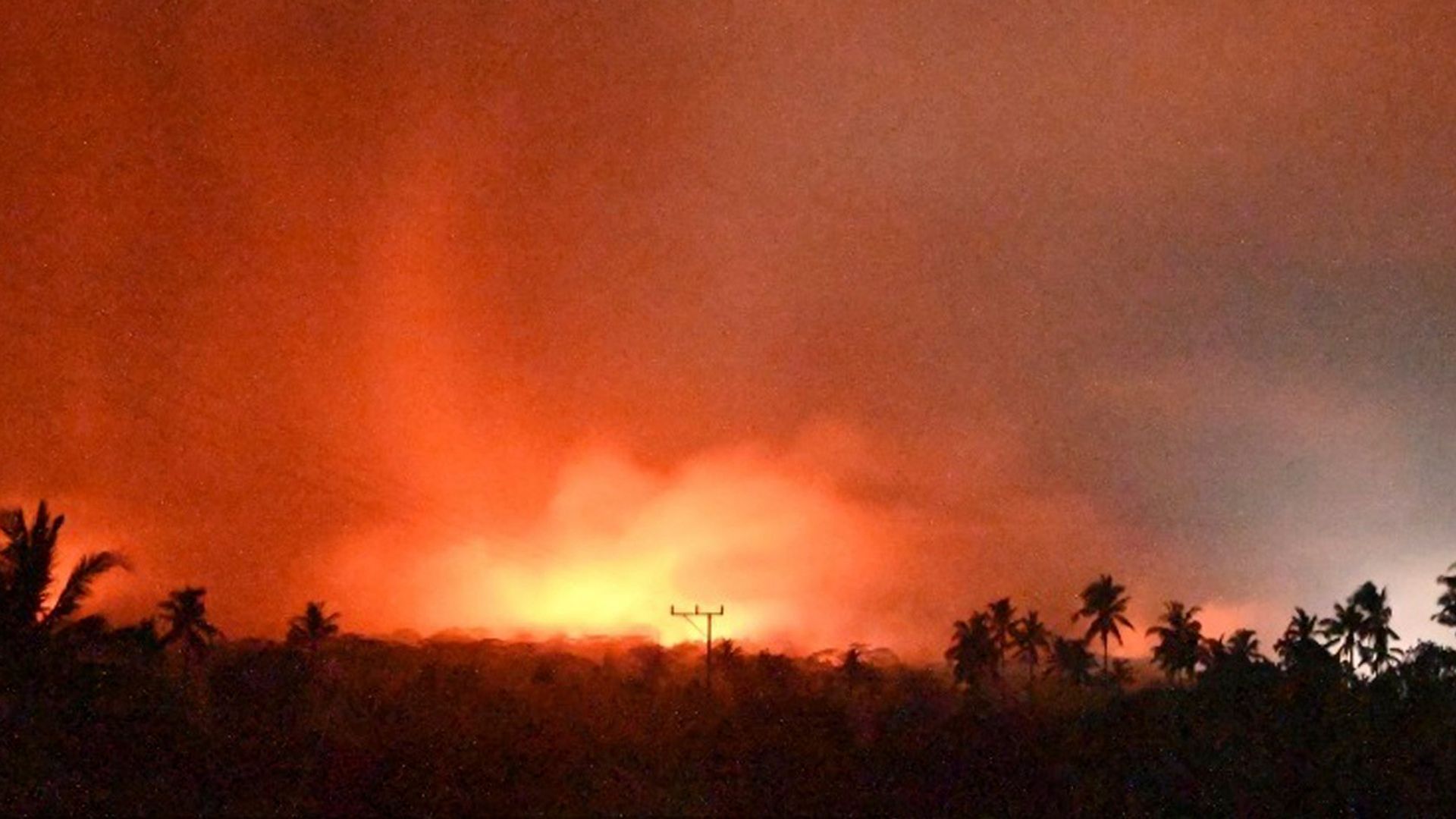
If there’s one thing Maine’s three major storms in the past five weeks have demonstrated, it’s that people, communities and businesses will have to quickly figure out how to rebuild things to make them more stormproof.
That was clear on Tuesday afternoon, when officials from around the state joined the Maine Climate Council to discuss the storms’ impacts and how to adapt to a situation that is getting worse because of human-caused climate change.
The need is urgent both because storms are getting more powerful and can occur with only a few days’ warning, and because much of the state’s economy depends on infrastructure that will need to be restored because it was washed away or rendered unusable by dangerously high water levels.
The impact of the Dec. 18 storm was more severe in western and central Maine than elsewhere, while coastal communities were hit harder in the back-to-back storms that brought record storm surge on Jan. 10 and 13. But in all three storms, which wreaked havoc from Bethel to Eastport, flooding caused the worst damage.
In the storms this month, beachfront homes in southern Maine suffered heavy damage when high winds and peak tides combined to push waves up against houses and into low-lying streets. But for much of Maine’s mostly-rocky coast, it was working waterfront properties that were pummeled by the surf.
Many harbors have piers with restaurants that cater mostly to summer tourists, many of which suffered damage, but fishing piers make up most of the shoreside structures that were taken apart by the waves. Fishing industry representatives told the council that they need to start rebuilding now in order to have the docks and piers they will need this summer for boat access and for unloading their catch.
“Guys are going to start rebuilding soon,” Bob Baines, a Spruce Head lobsterman, told the council. “It’s a huge short-term problem, to get us back up and running.”
Melanie Loyzim, commissioner of Maine Department of Environmental Protection and a member of the council, said that her office has proposed new legislation that would exempt emergency reconstruction of damaged structures in flood zones from permit requirements under the Natural Resources Protection Act. This exemption should help fishermen and seafood dealers rebuild their piers to be more storm resistant and ready for the busy summer season.
“In terms of coastal damage that occurred in January, we were not prepared for how to deal with all the structural damage, where piers and wharves washed away, and there are requirements for permits,” Loyzim said. “We know we can’t get permits approved fast enough to get people back to work.”
She said there likely will be some neighbors who may be unhappy that a fisherman has rebuilt a pier higher than it used to be, but that the state will weather that feedback when it comes.
It is not just pier owners that face challenges. Some business owners whose buildings flooded in December are facing the probability that their insurance policies won’t cover their losses. In western Maine, some entire towns were cut off by floodwaters and, with climate change driving increasing storm severity, are wondering how soon it will happen again.
Jessie Perkins of the Bethel Area Chamber of Commerce said the December storm devastated the area a week before Christmas, which is a busy time for ski areas and surrounding towns. She said that the full extent of flooding damage in the area likely won’t be known for a few more months as people prepare for the summer tourist season.
“Plenty more [damage] will be discovered in the spring,” she said.
Joyce Taylor, a council member and chief engineer for Maine Department of Transportation, said that about a decade ago, the state started changing the way it rebuilt bridges and replaced culverts because of climate change. Some criticized Maine DOT at the time over the increased costs, but the ability of the improved roads to withstand bad storms has proven the changes were justified, she said.
Still, there are many more projects that will have to take into consideration the growing impact of storms. Among other things, state and local planners will have to consider how raising a road or bridge to avoid greater floods could indirectly increase flooding in another area, according to Taylor.
They’ll also have to reassess how quickly roads can be reopened after storms so that utility trucks can restore power, people who need medical care can be treated and businesses can reopen, Taylor said.
“We literally ran out of [traffic] barrels and cones during the December storm,” Taylor said.
BDN Coastal Editor Charles Eichacker contributed reporting.









